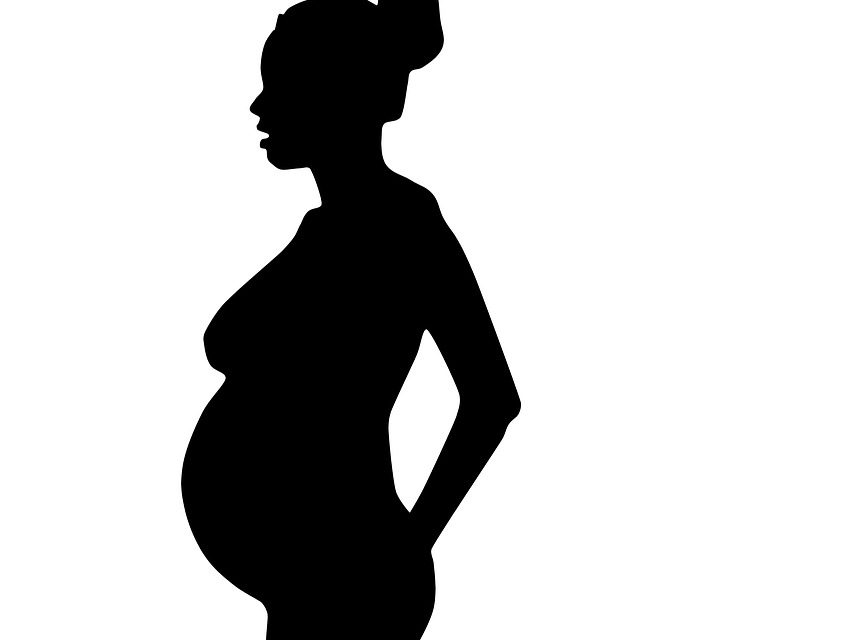The Boston University media office provided this release from Salma Abdalla January 30:
Marijuana use —by either men or women— does not appear to lower a couple’s chances of getting pregnant, according to a new study.
About 15 percent of couples experience infertility. Infertility costs the US healthcare system more than $5 billion per year, and thus identifying modifiable risk factors for infertility, including recreational drug use, is of public health importance. Marijuana is one of the most widely used recreational drugs among individuals of reproductive age. Previous studies have examined the effects of marijuana use on reproductive hormones and semen quality, with conflicting results.
“Given the increasing number of states legalizing recreational marijuana across the nation, we thought it was an opportune time to investigate the association between marijuana use and fertility,” says lead author Lauren Wise, professor of epidemiology at the Boston University School of Public Health.
The study, published in the Journal of Epidemiology and Community Health, was the first to evaluate the link between fecundability—the average per-cycle probability of conception—and marijuana use.
In Pregnancy Study Online (PRESTO), a web-based prospective cohort study of North American couples, the researchers surveyed 4,194 women aged 21 to 45 living in the United States or Canada. The study specifically targeted women in stable relationships who were not using contraception or fertility treatment. Female participants had the option to invite their male partners to participate; 1,125 of their male partners enrolled.
The researchers found that during the period from 2013 through 2017, approximately 12 percent of female participants and 14 percent of male participants reported marijuana use in the two months before completing the baseline survey. After 12 cycles of follow-up, conception probabilities were similar among couples that used marijuana and those that did not.
The researchers stressed that questions about the effects of marijuana use remain. As one example, they say, classifying people correctly according to the amount of marijuana used, especially when relying on self-reported data, is challenging. “Future studies with day-specific data on marijuana use might better be able to distinguish acute from chronic effects of marijuana use, and evaluate whether effects depend on other factors,” they write.
Additional coauthors are from Boston University and Aarhus University Hospital in Denmark.
Original Study DOI: 10.1136/jech-2017-209755





